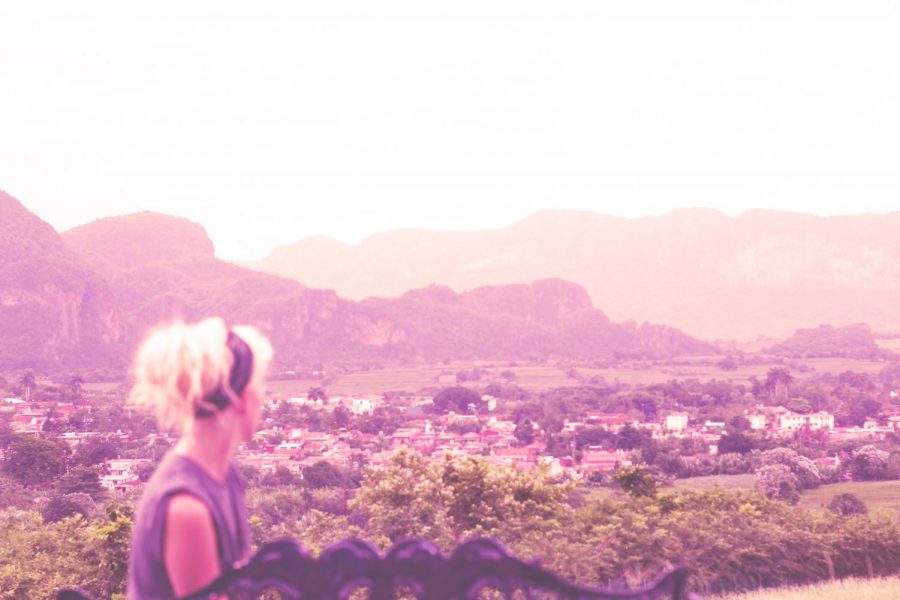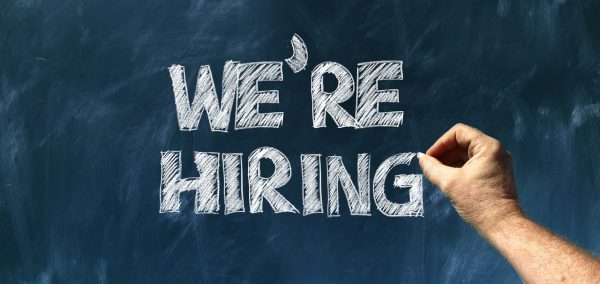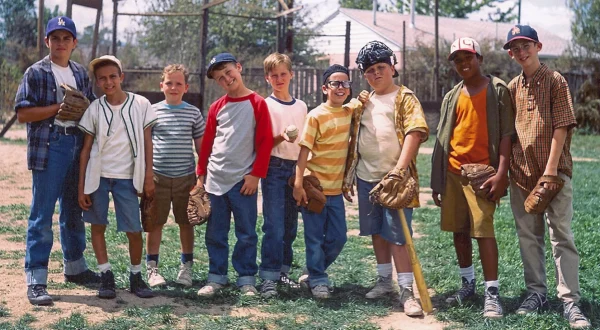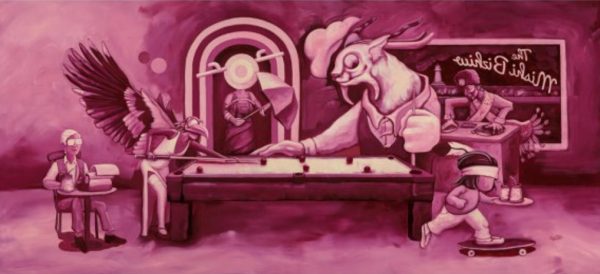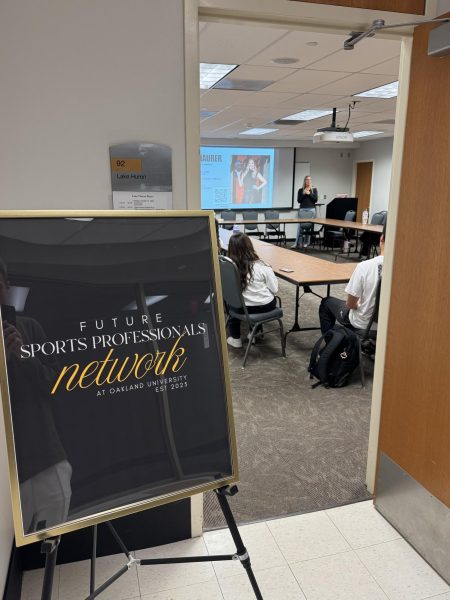What I saw firsthand in Cuba, why the U.S. must help
Photo courtesy of Kaleigh Wright
Kaleigh Wright looking out over the city of Viñales, Cuba. Her experience on the island informs her voice on relations between U.S. and Cuba.
I was 19-years-old when I flew to Cuba. It was 2015, President Obama was inching towards reopened relations, my friend and I were young journalists looking to interview and film the lives of Cubans across the island to document their voices on life before and after Fidel Castro’s communist leadership.
We expected tales of triumph about the end of Castro’s 30-year dictatorial regime. We expected inviting homes and people willing to share their stories. What we found were quiet, scared voices.
Castro died in February 2008. But one step outside of the romantic tourist trap of downtown Havana, we quickly learned that Cuba is a living time capsule from the 1950’s — from the cars to the medical care to the egregious state of living.
Elaborate murals of Castro and Che Guevara coat the most well-heeled districts of Havana. ‘Te Estoy Mirando’ can be found graffitied down alleys or above front doors. ‘I am watching you,’ it warns.
No matter the city or the person, we found in our interviews that people were living in panic, afraid to talk to us for fear of the CDR (secret “Big Brother” police on every block) learning of our project.
To speak about their life in Cuba — to even ask how they liked their job — was to speak out against the government. After offering to blur faces and adjust voices via editing, people would find us the next day and plead that we delete their interview.
Halfway through our journey, we were reported to the government. Our new friends’ houses were scoured in search for us, and police went door-to-door with printed copies of our passport IDs. In the middle of the night, we packed like sardines into a cement truck with other ‘illegals’ to the other side of the island.
Our only saving grace was making it to Santiago de Cuba, where our visas were renewed with ease as they did not have access to computers and could not see that we had been marked as suspicious visitors.
A neighbor had his computer smashed and house ransacked when the CDR caught wind of his anti-Castro poetry. Teenage girls fear starting their period as the country rations 10 pads a month, only for women over 18. We went with a friend to their baby’s check-up, where a doctor weighed him on a rusted fruit-produce scale in a room with broken windows. Just recalling this small chapter of my story feels like an out-of-body experience.
Fast forward to today, six years later, and the island is in crisis. CNN reports 100 people have been arrested or gone missing since the riots began last week. Meanwhile the Cuban government puppets the media and is shutting down the internet so citizens can’t communicate with the outside world about what’s happening on the island.
Amid this unrest COVID-19 is running rampant across the island. Due to mismanaged healthcare and exporting doctors, Cuban hospitals don’t have the money or caretakers they need to handle the outbreak.
The official press of Cuba blames the problem on America for reenacting the trade embargo, for which they account a $5 billion loss last year, all while disregarding their own platform and power to drive change. The answer is not to lift the embargo. There needs to be more support for removing the current regime. The country needs a revolution, and it needs American allies. It is not enough for Biden to string along “words of support” as people in a country less than 100 miles from the U.S. coast struggle to survive.



